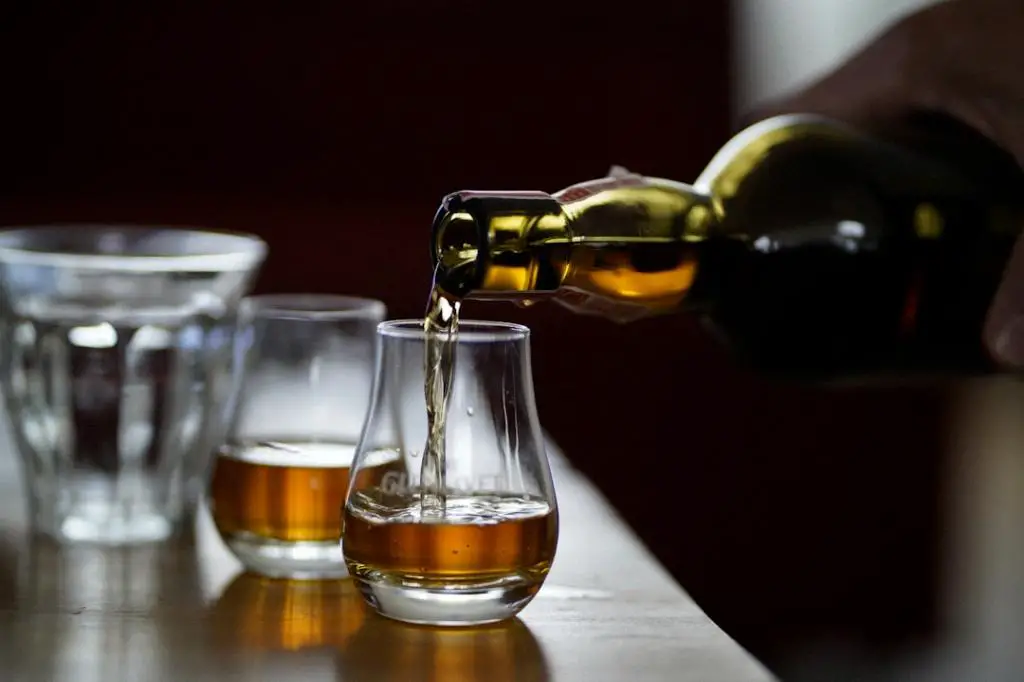When it comes to construction tools, one that stands out is the level. Used by carpenters, contractors, and DIY enthusiasts alike, it plays a crucial role in ensuring that structures are perfectly straight and level. But have you ever wondered why it’s called a “whiskey stick”? Let’s delve into the history and origins of this intriguing term.
The Origin of the Term Whiskey Stick
The term “whiskey stick” originated from the early days of level manufacturing when a specific type of alcohol was used to fill the vials within the level. These vials contain a liquid that acts as a visual indicator, allowing users to determine if a surface is perfectly level or if it has a slope.
The Role of Alcohol in Level Vials
Why was alcohol chosen as the liquid for level vials? The primary reason is its unique properties. Alcohol is used because it does not freeze easily, even in extremely low temperatures. This ensures that the level remains functional in various weather conditions, allowing builders to work efficiently.
Whiskey as a Color Contrast Agent
Now, you might be wondering why whiskey specifically was used as the alcohol of choice. Well, it wasn’t actually whiskey being used, but rather a form of colored alcohol that resembled the amber hue of whiskey. This type of alcohol was chosen to provide contrast against the clear glass vial, making it easier for users to see the bubble’s position.
Ensuring Visibility and Accuracy
In the early days of level manufacturing, most vials were made of glass, and without any form of colored liquid, it would be challenging to detect the bubble within the vial. By using this colored alcohol, construction workers could easily determine whether a surface was level or not, ensuring the accuracy of their work.
An Informal Naming Tradition
Over time, the term “whiskey stick” became a popular and informal way to refer to a level due to its association with the colored alcohol used in the vials. It’s important to note that the term is not used universally, and there are various other names for levels, such as bubble level or spirit level, depending on the region and context.
The Evolution of Levels
As technology advanced, level manufacturers started using different materials and liquids in the vials. Clear liquids, such as mineral spirits or even water, are now commonly used as visual indicators. However, the term “whiskey stick” still holds a nostalgic charm and continues to be used colloquially by some.

Conclusion
So, the next time you come across the term “whiskey stick” to describe a level, you can now appreciate its historical origins. The use of colored alcohol in the vials of early levels ensured visibility and accuracy, allowing builders and craftsmen to create level surfaces with precision. While the term is informal and not widely used, it contributes to the rich tapestry of construction tool terminology. Whether you prefer to call it a whiskey stick, a bubble level, or a spirit level, one thing remains unchanged – the level’s essential role in achieving straight, level surfaces.
